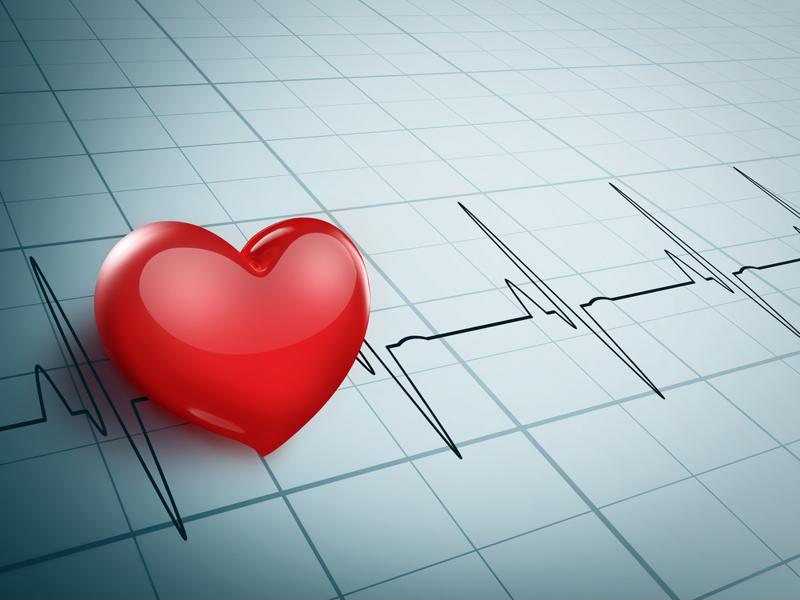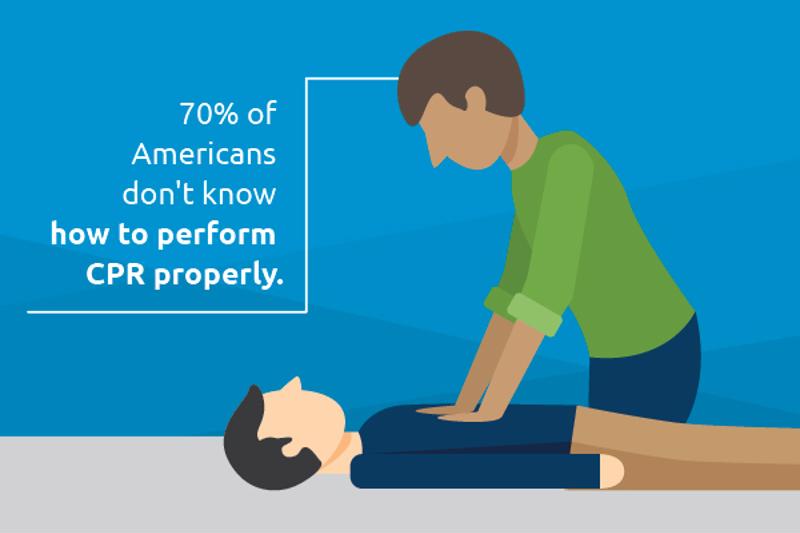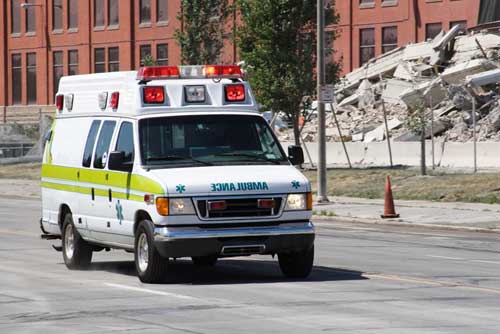Facts about heart attacks
Here’s a surprising number that just might take your breath away this National CPR Awareness Week: 735,000. According to the U.S. Centers for Disease Control and Prevention, that’s how many Americans experience a heart attack in the average year. That’s 1 in every 43 seconds. Most of these episodes are the sufferers’ first, but for more than a quarter, it’s their second or more.
“A heart attack occurs every 43 seconds in the United States.”
Heart attacks can occur for a variety of reasons and in a plethora of environments, often brought on by stress when underlying health factors, such as coronary artery disease, are already a problem. The CDC identifies this as the main cause of myocardial infarctions.
Of course, there’s never a good time to experience a heart attack, but you’d be hard-pressed to find one worse than when it happens behind the wheel.
Though there are no official numbers detailing how often these transpire, they’re happening more often, due to motorists driving later in life and for longer periods. For instance, in January, a Utah man was driving on Interstate 15 in Farmington, when he felt a sharp pain stretch across his chest, according to KSL-TV. Slowing down and listing to the side of the road, the vehicle’s unusual path piqued the attention of the trailing driver, who just so happened to be a paramedic.
“It all happened very quickly,” E.J. Hinterman told the local news station. “His vehicle was probably 50 yards ahead of me. I noticed it was drifting, just going along at maybe five miles per hour.”
The man had indeed experienced a heart attack, but thanks to Hinterman’s experience with emergency situations, the affected motorist was rushed to the hospital without further injury.
But the turn of events wasn’t as fortunate for an Oklahoma deputy, who last October suffered a massive cardiac event while on patrol and driving in his police cruiser. According to local NBC News affiliate KFOR, the 33-year-old Logan County deputy was riding with an off-duty officer at the time of the attack, who was able to guide the vehicle to a stop and off the road. Unfortunately, however, paramedics were not able to save the man’s life at the scene or at the hospital where he was eventually transported.
 Nearly three quarters of a million people in the U.S. experience heart attacks per year, according to the Centers for Disease Control and Prevention.
Nearly three quarters of a million people in the U.S. experience heart attacks per year, according to the Centers for Disease Control and Prevention.With this being National CPR and AED Awareness Week, the following can help you steer clear of danger if you or a fellow motorist experiences a heart attack while on the road.
Recognize the symptoms
Timing is everything when it comes to heart attack symptoms, as the quicker they’re recognized, the faster the side effects can be treated. According to the American Heart Association, symptoms typically include severe chest pain that lasts for several minutes; discomfort in other areas of the body, such as arms, back, jaw, and stomach; difficulty breathing; and sudden feelings of lightheadedness. Profuse sweating is also a tell-tale sign of a heart attack.
Don’t panic
Whether you’re the person experiencing the heart attack or the driver is and you’re the passenger, the medical episode is exacerbated several fold by panicking. Instead, medical experts recommend the affected person cough over and over in a rhythmic fashion, as this helps to increase the flow of oxygen-rich blood and get breathing back under control.
Seek and take first opportunity to pull off road
The throbbing pain of a heart attack can make it extremely difficult to focus on anything else, but if you’re behind the wheel, ease off the accelerator and try to find an opening in the flow of traffic, especially if you’re on the highway. If you’re the passenger and the driver is the one experiencing the heart attack, grab the wheel and direct the vehicle thusly.

Call for help
Coughing repeatedly – combined with deep breaths – is the best way to slow a heart attack’s advancement. However, when one occurs, call for help immediately so the paramedics can be alerted to the problem and arrive as quickly as possible. If you’re the passenger and the driver has stopped breathing, performing CPR just might save his or her life. Unfortunately, an estimated 70% of Americans don’t know how to do it properly or have forgotten, according to the American Heart Association’s estimates.
This summer, consider learning how to perform CPR. The AHA has several web videos that offers tips on the hands-only form of CPR. You never know – it just might save a friend from filing an online auto insurance claim, or better yet, a life.
Article last updated on June 25th, 2023 at 7:13 pm

